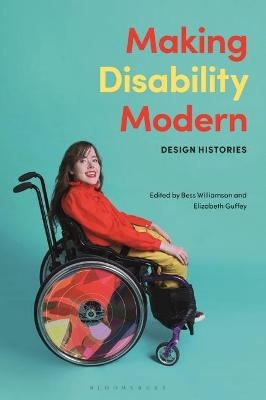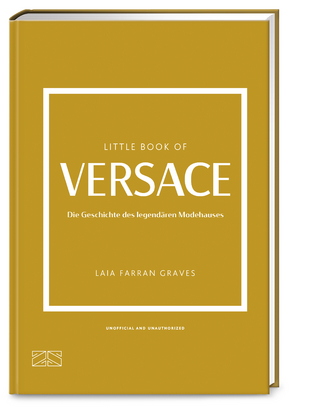
Making Disability Modern
Bloomsbury Visual Arts (Verlag)
978-1-350-07042-4 (ISBN)
Elizabeth Guffey is Professor of Art and Design History at Purchase College, State University of New York, USA, where she also heads the MA in Modern and Contemporary Art. She is the author of Designing Disability: Symbols, Space, and Society (Bloomsbury, 2017), Posters: A Global History (2014), and Retro: The Culture of Revival (2002). Bess Williamson is Associate Professor of Design History at the School of the Art Institute of Chicago, where she teaches courses on modern and contemporary design in relation to politics and social change. Her book, Accessible America: A History of Disability and Design (2019), describes the role of design in the US Disability Rights cause of the last half of the 20th century.
Acknowledgments
Introduction: Rethinking Design History through Disability, Rethinking Disability through Design
Elizabeth Guffey and Bess Williamson, School of the Art Institute of Chicago, USA
Section I: Designers and Users From Craft to Industry
Introduction
1. The Material Culture of Gout in Early America, Nicole Belolan (Rutgers University, USA)
2. Walking Cane Style and Medicalized Mobility, Cara Kiernan Fallon (University of Pennsylvania, USA)
3. Artificial Limbs on the Panama Canal, Caroline Lieffers (Yale University, USA)
4. Technologies for the Deaf in British India, 1850–1950, Aparna Nair (University of Oklahoma, USA)
Section II: Disability and World-Making in the Twentieth Century
Introduction
5. The Ideologies of Designing for Disability, Elizabeth Guffey (Purdue University, USA)
6. Architecture, Science, and Disabled Citizenship, Wanda Katja Liebermann (Florida Atlantic University, USA)
7. Disability and Modern Chemical Sensitivities, Debra Riley Parr (Columbia College Chicago, USA)
8. Design for Deaf Education: An Early History of the National Technical Institute for the Deaf, Kristoffer Whitney (Rochester Institute of Technology, USA)
9. Designing the Japanese Walking Bag, Elizabeth Guffey (Purdue University, USA)
Section III: Making Disability Digital
Introduction
10. The Politics and Logistics of Ergonomic Design, Jennifer Kaufmann-Buhler (Purdue University, USA)
11. Designing Emergency Access: Lifeline & LifeCall, Elizabeth Ellcessor (University of Virginia, USA)
12. 3D Printed Prosthetics and the Uses of Design, Bess Williamson (School of the Art Institute of Chicago, USA)
13. Materializing User Identities and Digital Humanities, Jaipreet Virdi (University of Delaware, USA)
| Erscheinungsdatum | 21.08.2020 |
|---|---|
| Zusatzinfo | 20 bw illus |
| Verlagsort | London |
| Sprache | englisch |
| Maße | 156 x 234 mm |
| Gewicht | 436 g |
| Themenwelt | Kunst / Musik / Theater ► Design / Innenarchitektur / Mode |
| Kunst / Musik / Theater ► Kunstgeschichte / Kunststile | |
| Sozialwissenschaften ► Soziologie | |
| ISBN-10 | 1-350-07042-4 / 1350070424 |
| ISBN-13 | 978-1-350-07042-4 / 9781350070424 |
| Zustand | Neuware |
| Haben Sie eine Frage zum Produkt? |
aus dem Bereich


